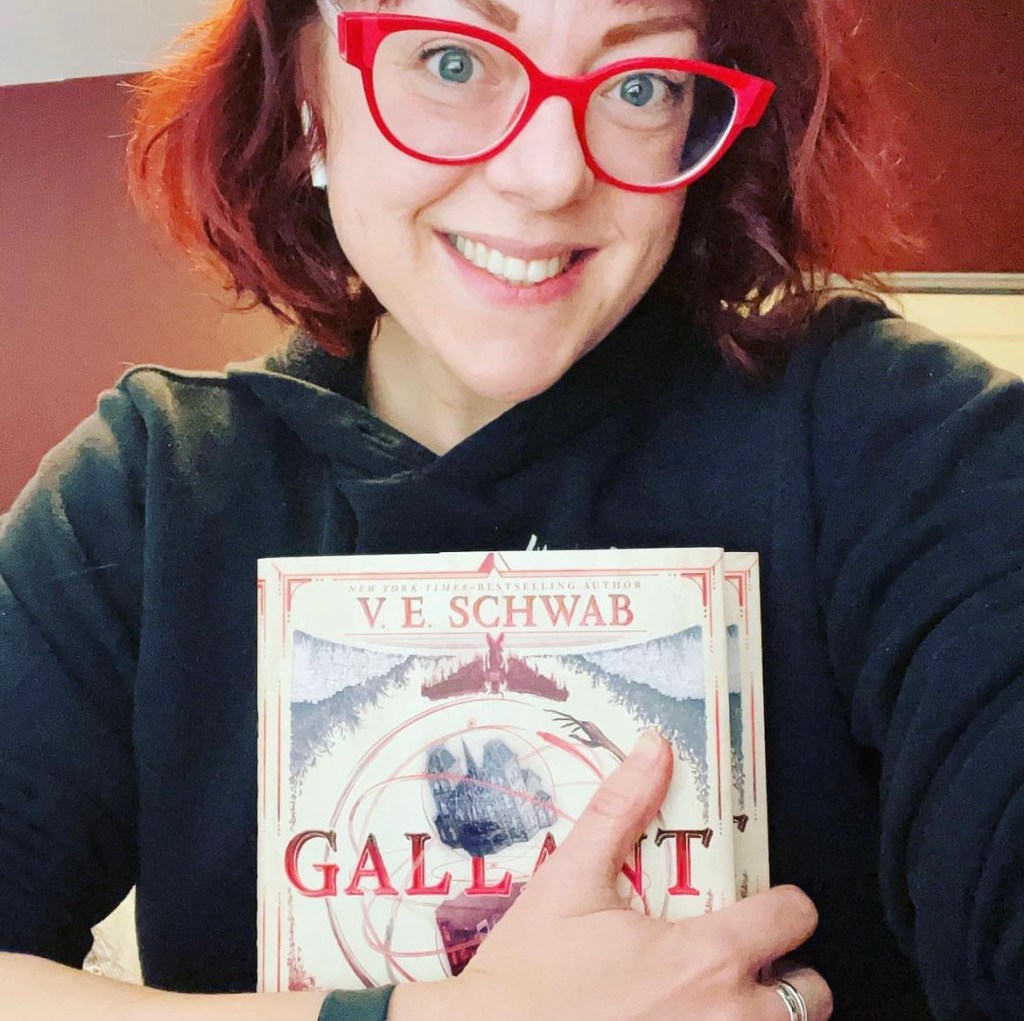On Creating Miniature Worlds: An Exclusive Guest Post from V. E. Schwab, Author of Gallant, Our June YA Pick
Debug Notice: No product response from API
Darkly eerie, and utterly evocative, Gallant is a gothic tale of a place where shadows meet light and death meets life. When Olivia Prior is summoned to her family’s home after a lifetime spent in an orphanage, she’s determined to understand what drove her mother, and countless other family members, to the edge. This chilling novel is best read with the lights on (or off, if you dare). Keep reading to hear from V.E. Schwab about the evolution of writing Gallant and what authors have inspired her.
Darkly eerie, and utterly evocative, Gallant is a gothic tale of a place where shadows meet light and death meets life. When Olivia Prior is summoned to her family’s home after a lifetime spent in an orphanage, she’s determined to understand what drove her mother, and countless other family members, to the edge. This chilling novel is best read with the lights on (or off, if you dare). Keep reading to hear from V.E. Schwab about the evolution of writing Gallant and what authors have inspired her.
You’ve written both series and standalone novels. Is there a difference in how you approach the writing of each?
Both have their place, but some stories need the space to sprawl, and some stories are designed to be capsules. I love creating worlds, and with Gallant, I reveled in creating a miniature world unto itself. The house has secrets, and so do the people within it. The setting — the Gallant manor — becomes a kind of main character, while also serving as a cage for the story.

I knew I wanted Gallant to be a claustrophobic story, to some extent, because I wrote it during a very claustrophobic year. It was 2020, and I was at my parents’ house in France. They live in a small village, and for the first eight months of the pandemic, we had to have paperwork to go beyond a kilometer.
But just because a book is a standalone doesn’t mean it isn’t in conversation with my other work. Gallant actually took me a long time to crack, because at first, I thought I was writing a fairy tale. I’m such a fan of that modern fairy tale style, the kinds of books that Holly Black writes so gorgeously, but in my hands, that never felt right. When I asked myself what all my books have in common, that’s when I unlocked it. I don’t write fairy tales; I write death tales. I write things about the boundary between life and death, not the boundary between the domestic and the wild. And so, I hope that my readers will recognize that and will be just as engrossed by my standalone novels, like Gallant and The Invisible Life of Addie Larue, as they are by the Shades of Magic books.
You mention Holly Black as a writer you admire. Who else would you say has inspired or influenced your work?
I am voracious about filling my creative well. I read between 120 and 150 books a year, and often talk about what I’m reading on Instagram and in my monthly newsletter.
I’m drawn to the work of creators like Neil Gaiman and Guillermo del Toro. I’m fascinated by quiet tension and suspense. There’s something frightening about lonely places. I think what we’re really afraid of is being alone with ourselves — in fact, there can be something claustrophobic about that. And what happens after you’ve finished reading the book or watching the film, when you’re lying in bed that night, with nobody but your own thoughts?
I hope Gallant lingers for readers that way. I hope it haunts them. I hope they find themselves thinking about it at odd times. I hope it makes them look for the doors, even the ones that seem to go nowhere. Maybe especially those.
